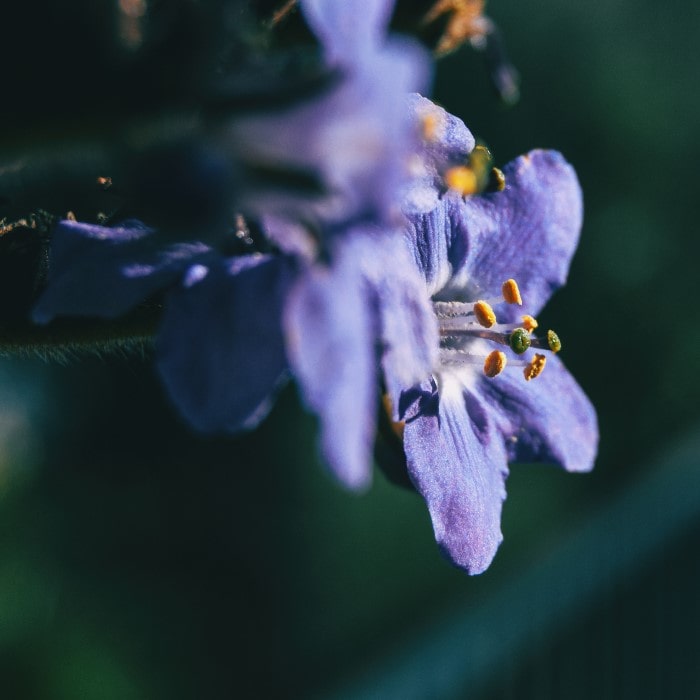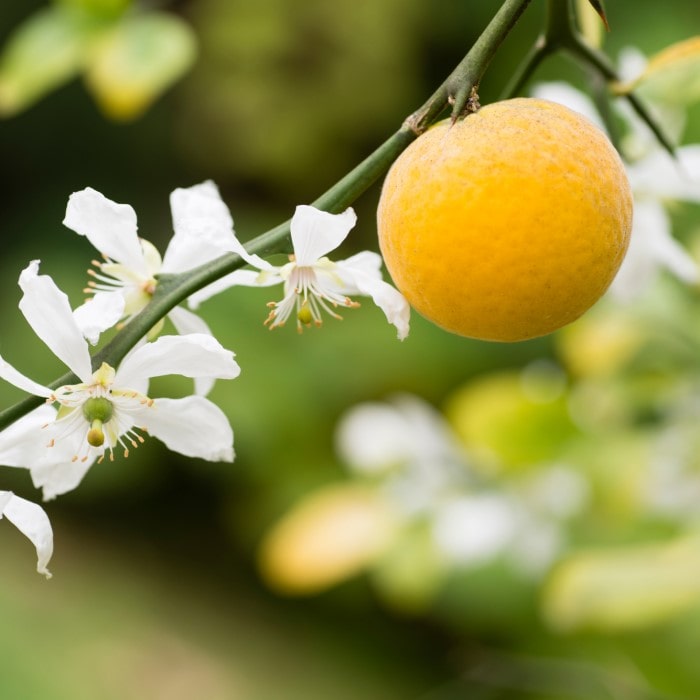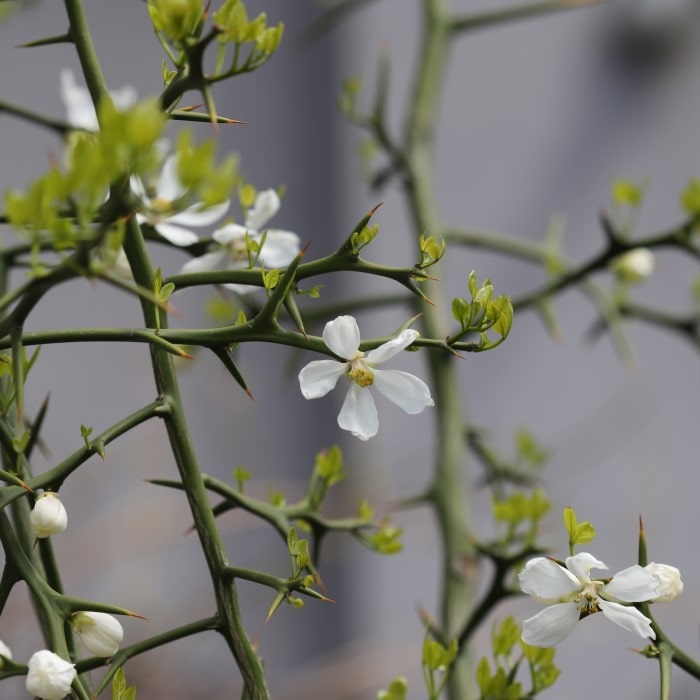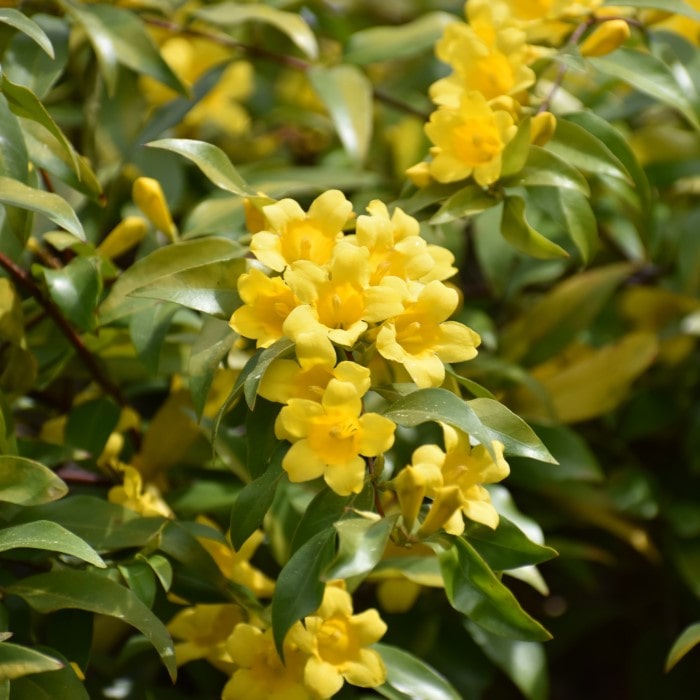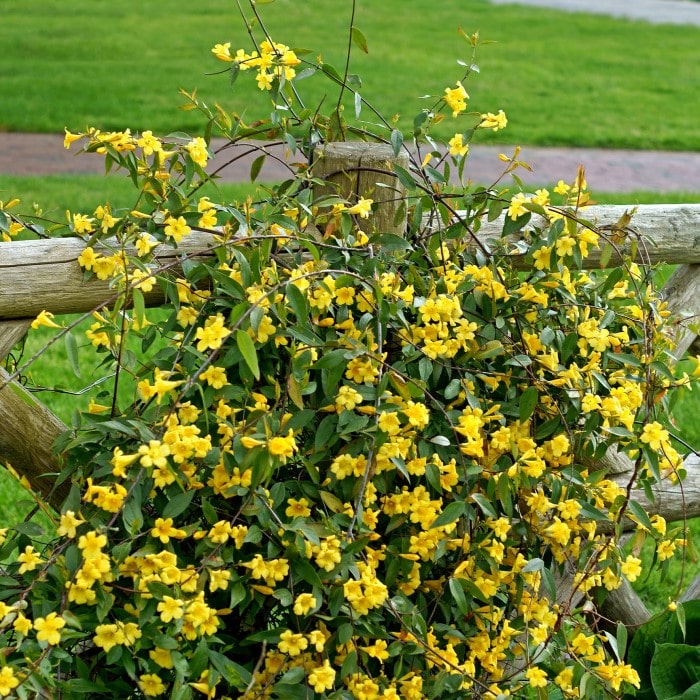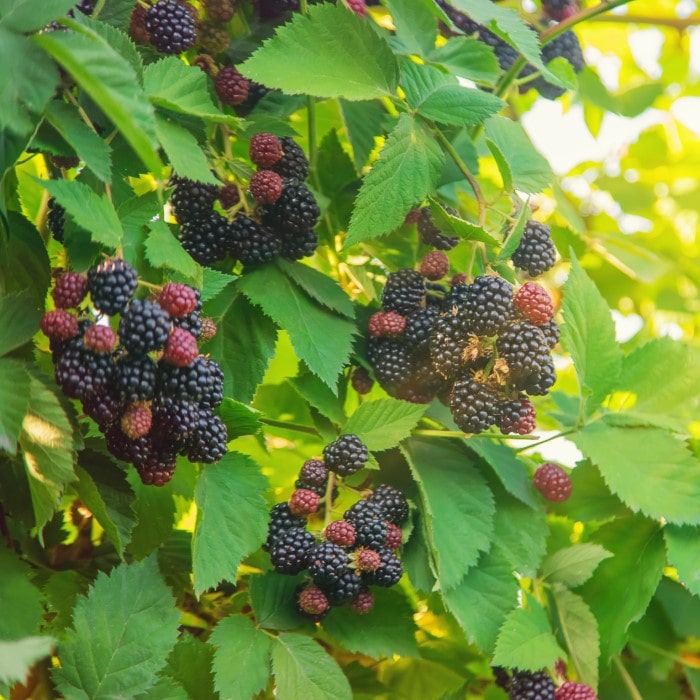Overview
Uses: Patio plant, or compact outdoor shrub (in approved zones). Flowers in winter!
Benefits: Long-lasting, extremely fragrant blooms! Award winning! Unique and beautiful growth patterns, colors, and evergreen foliage. Easy to take care of.
USDA Hardiness Zones: 7 - 9 (as an outdoor perennial)
Sun: Full sun to partial shade
Life Cycle: Perennial
Mature Height: 36"
Mature Width: 36"
Bloom Season: Mid winter to late spring, with occasional flowers in the summer
Summary
Perfume Princess™ Daphne, a true floral marvel that redefines the daphne experience. This award-winning plant blooms irresistibly from the heart of winter to the cusp of spring, showcasing an extended flowering season unlike any other daphne.
Adorn your space with its captivating clusters of large, soft pink blossoms that generously embellish not just the branch tips but cascade along each stem, creating a breathtaking display of beauty.
The Perfume Princess Daphne isn't just a feast for the eyes. It exudes a heavenly scent, a unique fusion of classic daphne aroma with a refreshing citrus twist, transforming any area into a fragrant paradise.
Boasting a robust, well-shaped bush adorned with lush, deep evergreen foliage, it adds a touch of perennial grace to your garden.
Ideal for elevating the ambiance of any space, it's perfect for placing in planters at your entrance or as a stunning centerpiece on a table. Imagine the joy of strolling along a walkway lined with these fragrant wonders. Order the Perfume Princess Daphne and let its enchanting presence transform your patio or garden into a realm of sensory delight.
Care
Daphne Care
Requires full sun to partial shade. Insufficient light will cause growth issues.
Attempt to keep its soil slightly moist but not wet. It's also suggested that the soil be well draining. Perfume Princess™ Daphne is considered to be a light drinker.
Year round fertilization is suggested. Our slow release fertilizer is a great option.
Size
What Size is your Daphne for Sale Online?
The Daphne Perfume Princess™ that we sell online will ship in a greenhouse grade grow pot. Each plant will be appropriately sized for its pot. Please contact us with any specific questions.
How Large Do Daphne Grow?
Daphne Perfume Princess™ typically grows to a mature height and width of 36".
Additional Information
What is the Botanical Name of Daphne Perfume Princess™?
Its botanical name is Daphne x 'DapJur01' PP #27,662.
Toxicity and Risks of Daphne Perfume Princess™
Daphne shrubs are considered extremely toxic and no parts should be ingested. Their toxicity is a result of chemicals (such as daphnetoxin and mezerein) that are present in their bark, flowers, and leaves. Symptoms of ingestion include extreme irritation (including ulceration) to the mouth, throat, and stomach, vomiting, diarrhea, lethargy, and possible death.











